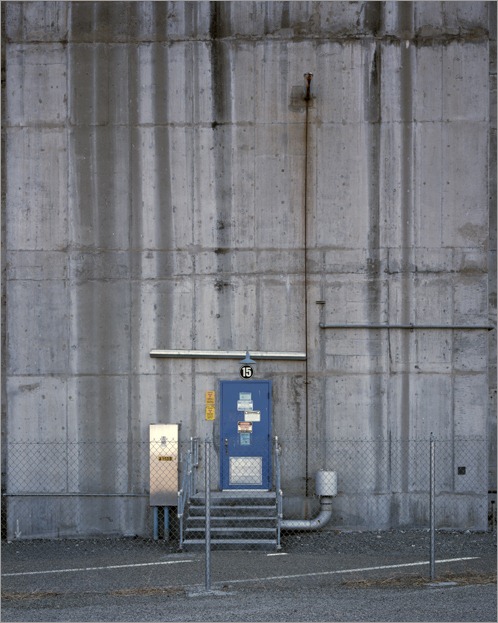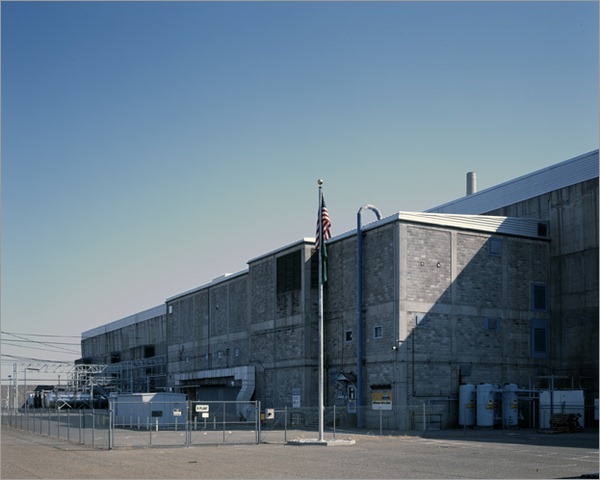One cannot see the nuclear-explosives production facilities built during the Manhattan Project without experiencing a sense of awe at what was accomplished. The scientific, engineering, managerial, labor, and logistical challenges that were met and overcome are separately impressive but, taken together, simply astonishing. It is all the more incredible that this was done in the context of a desperate and bitter war that had already strained the nation's manpower and resources as never before. Yet appreciation of the monumental achievements of the Manhattan Project cannot be considered without a pang of regret at what it unleashed into the world. It is an enduring paradox and essential human tragedy that so much selfless devotion to cause, so much creative intellectual energy, and so many good intentions gave birth to such a monstrous reality. It is a reality that would threaten the survival of the very civilization that made it possible. Although the end of the Cold War significantly lessened that threat, humankind may never again be free of its shadow.

Trinity, the first nuclear explosion (See: How to watch a nuclear explosion)
The Manhattan Project was the codename for a project conducted during World War II to develop the first atomic bombs. The project was led by the United States, and included participation from the United Kingdom and Canada. The scientific research was directed by American physicist J. Robert Oppenheimer.
The project's roots began in the 1930s, with scientists' fears of Nazi Germany trying to develop nuclear weapons. The Manhattan Project began as a small research program in 1939, which eventually employed more than 130,000 people and cost nearly US$2 billion ($22 billion in present day value). It resulted in the creation of several research and production sites whose construction and operations were secret.
Project research took place at more than 30 sites, including universities, across the United States, Canada, and the United Kingdom. The three primary research and production sites of the project were the plutonium-production facility at what is now the Hanford Site in eastern Washington State; the uranium-enrichment facilities at Oak Ridge, Tennessee; and the weapons research and design laboratory now known as Los Alamos National Laboratory.
Alpha Calutrons, 1st-Stage Source of Hiroshima Bomb Uranium, Oak Ridge, TN 1943

Alpha Calutrons Pump Side, 1st-Stage Source of Hiroshima Bomb Uranium, Oak Ridge, TN 1943

Beta Calutrons, 2nd-Stage Source of Hiroshima Bomb Uranium, Oak Ridge, TN 1943

X-10 Reactor, Pilot Plant for Production of Nagasaki Bomb Plutonium, Oak Ridge, TN 1943

Control Console, X-10 Pilot Plant for Production of Nagasaki Bomb Plutonium, Oak Ridge, TN 1943

K-25 North Building, Gaseous Diffusion Plant for Hiroshima-Bomb Uranium Enrichment, Oak Ridge, TN 1945

K-25 West Leg, Gaseous Diffusion Plant for Hiroshima-Bomb Uranium Enrichment, Oak Ridge, TN 1945

Switchyard and K-27 Gaseous Diffusion Plant for Uranium Enrichment, Oak Ridge, TN 1945-46

Emergency Air Sphere, K-31 and K-33 Gaseous Diffusion Uranium Enrichment Plants, Oak Ridge, TN 1951 & 1954

K-31 Cell Floor, Gaseous Diffusion Uranium Enrichment Plant, Oak Ridge, TN 1951

B Reactor, Source of Nagasaki Bomb Plutonium, Hanford Nuclear Reservation, WA 1944

B Reactor Control Console, Source of Nagasaki Bomb Plutonium, Hanford Nuclear Reservation, WA 1944

B Reactor Front Face, Source of Nagasaki Bomb Plutonium, Hanford Nuclear Reservation, WA 1944

B Reactor Valve Pit Controlling Cooling Water, Hanford Nuclear Reservation, WA 1944

River Pump House Pumps and Motors, Hanford Nuclear Reservation, WA 1944

Electrical Substation and B Reactor, Hanford Nuclear Reservation, WA 1944

Railroad Tracks and B Reactor, Source of Nagasaki Bomb Plutonium, Hanford Nuclear Reservation, WA 1944

Hot Reactor-Product Rail Cars and Storage Bldg, Hanford Nuclear Reservation, WA 1944

B Plant Entrance No. 15, Hanford Nuclear Reservation, WA 1944

B Plant for Chemically Separating Plutonium from Reactor Products, Hanford Nuclear Reservation, WA 1944

Gable Mountain Plutonium Vault, Hanford Nuclear Reservation, WA 1944

Gable Mountain Plutonium Vaults, Hanford Nuclear Reservation, WA 1944

[via Martin Miller]












Comments
Post a Comment